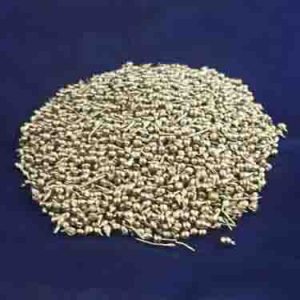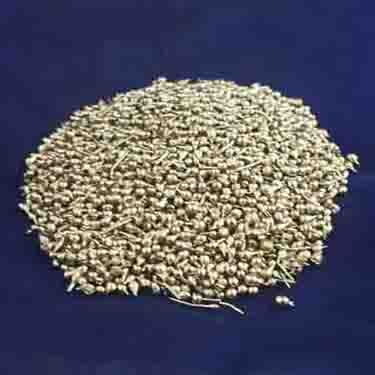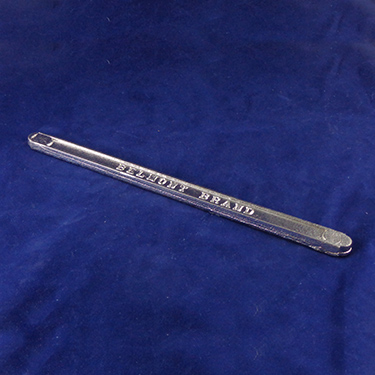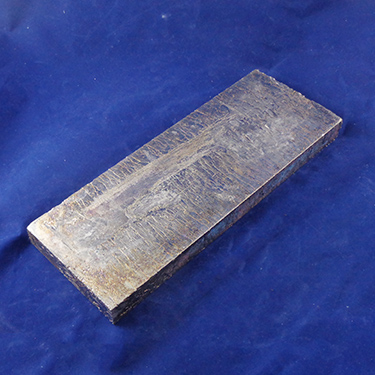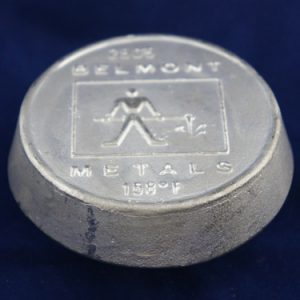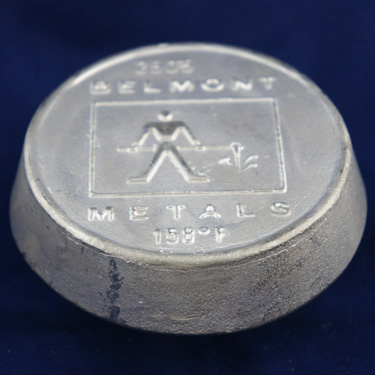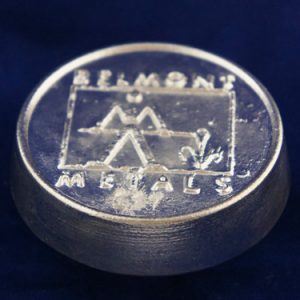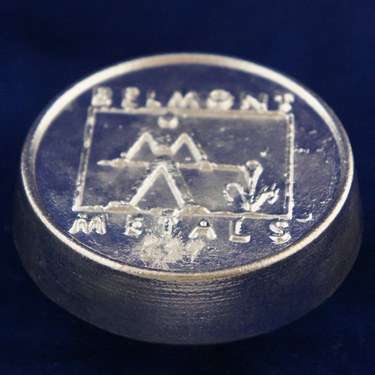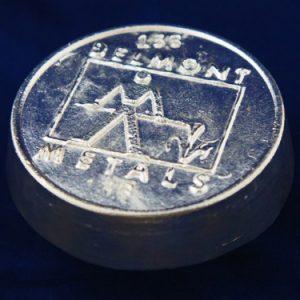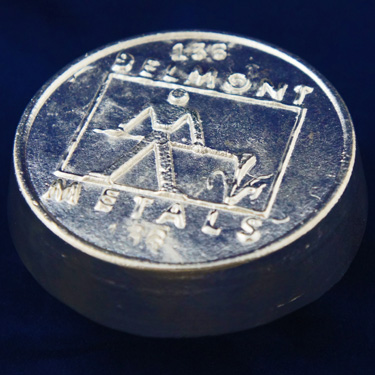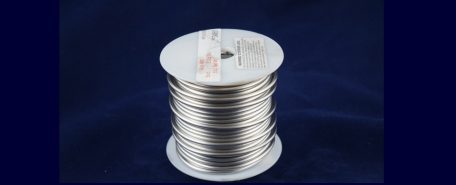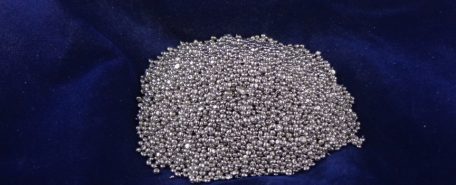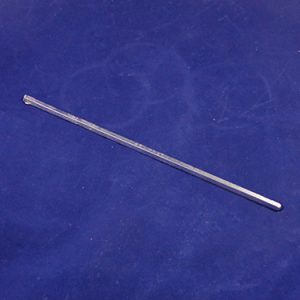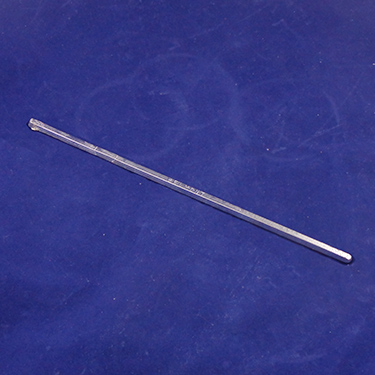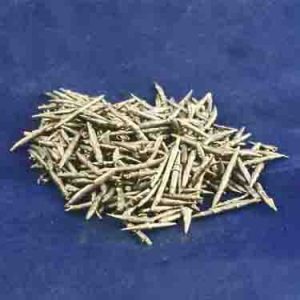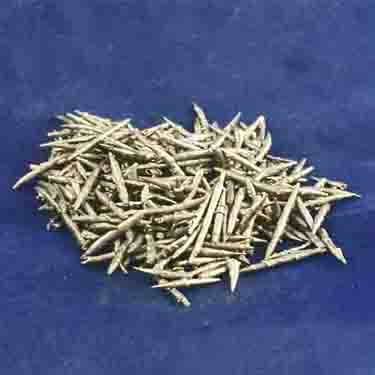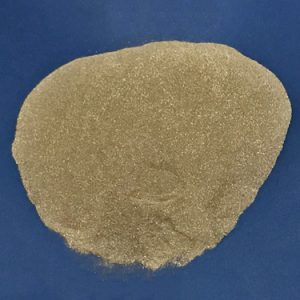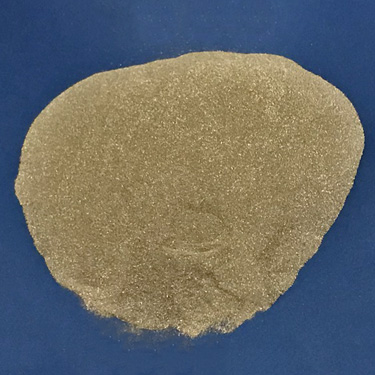Eutectic alloys and non-eutectic alloys are categories when discussing low melting alloys. Low melting alloys require lower temperature ranges to melt, anywhere from 40 degrees to 300 degrees Fahrenheit. This property allows for the alloys to be melted at lower temperatures without damaging or impacting other nearby materials or surfaces that the low melting alloy…
Featuring 99.9% Bismuth and Low Melt Eutectic and Non-Eutectic Alloys offering custom compositions and forms
Bismuth is a white, crystalline, brittle metal with a pinkish tinge. It s the most naturally diamagnetic element and has one of the lowest values of thermal conductivity among metals. Bismuth is 86% as dense as Lead and has long been considered as the element with the highest atomic mass that is stable. It is available as commercial-grade or high purity,
Applications:
It can be used as a carbide stabilizer in the manufacturing of malleable Iron, as an additive to low-carbon steel or aluminum to improve machinability, and as a dense material for fishing sinkers. Bismuth as an alloying element can be used in the production of fusible alloys ( low melting point alloys ) and Bismuth based low temperature solders. Standard and special compositions are Bismuth alloyed with either Antimony, Cadmium, Copper, Indium, Lead or Tin.
Forms:
Bismuth is offered in a variety of forms such as Ingot, Lumps, Shot, Granular, Powder, Pellets or Needles. Bismuth Alloys are available in various sizes as well including Bar, Cakes, Cast Shapes, Ingot, Granular, Shot and Sticks. Special shapes are also available.
Read More
Showing all 15 results
Featured products
RELATED POSTS

Pure Bismuth: Characteristics of This Metal
Bismuth is an element that we often hear about in offhand ways yet don’t know a lot about at first. It is a crystalline element that comes in various colors ranging in white, purple, pink and silver. In its pure form, people will often think it is lead. Bismuth is widely used in the manufacturing…

Different Properties of Low Melting Alloys
Joining metal parts together with solder, easily bending pipes to go around corners and components, and lens blocking systems all rely on the use of low melting alloys. This type of metal allows for products, parts and components to be manufactured and cast at lower temperatures. This feature is ideal when requiring lower temperatures to…

Bismuth-Based Low Melting Alloys Providing Benefits to the Art Casting Industry
Throughout history, art casting has been used to create beautiful works of art, to recreate previous works of art that may have become damaged or deteriorated due to age, or when mass-producing art pieces. The art casting method involves using wood, stone, plaster, or silicon rubber molds and some type of pliable material, such as…

Characteristics of Low Melting Alloys
Manufacturers around the globe rely on quality materials to create a range of parts, equipment and products for businesses and consumers. During the assembly process, different materials may need to be joined together for a tight seal, cast in a mold to a designed form, or bent into a new direction without collapsing. Low melting…

Liquid metal’s low melting point
Fusible alloys’ low melting point makes them useful in a wide variety of applications The melting point of aluminum is 1,220 degrees Fahrenheit. Carbon steel melts somewhere between 2,600 and 2,800 degrees Fahrenheit, and the temperature needs to rise all the way up to 6,150 degrees Fahrenheit to melt tungsten. Specialized furnaces are needed to…

The Basics of Bismuth
This white element is an essential part of many alloys Purple-Silver, crystalline Bismuth has been in use since the early days of alloying, although during those times, it was often mistaken for Lead. It’s the most naturally diamagnetic element, which means it repels both north and south, and it has one of the lowest values…

